Pyohun-sa
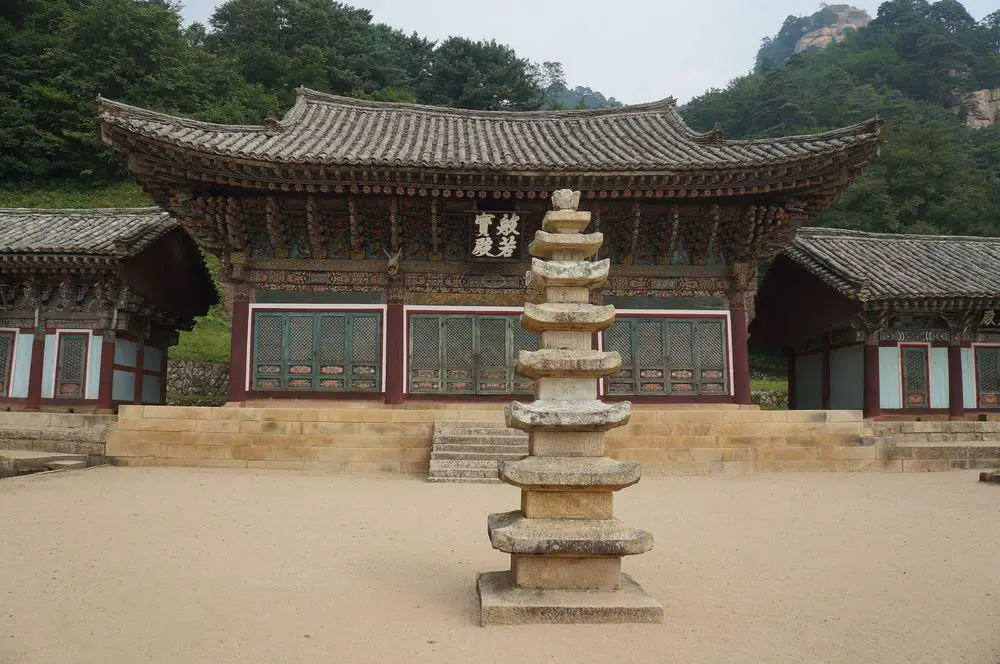
The only large Buddhist temple in this part of the country that survived the Korean War. Founded in the 7th century, contains many values of art and architecture.
Pohyon-sa
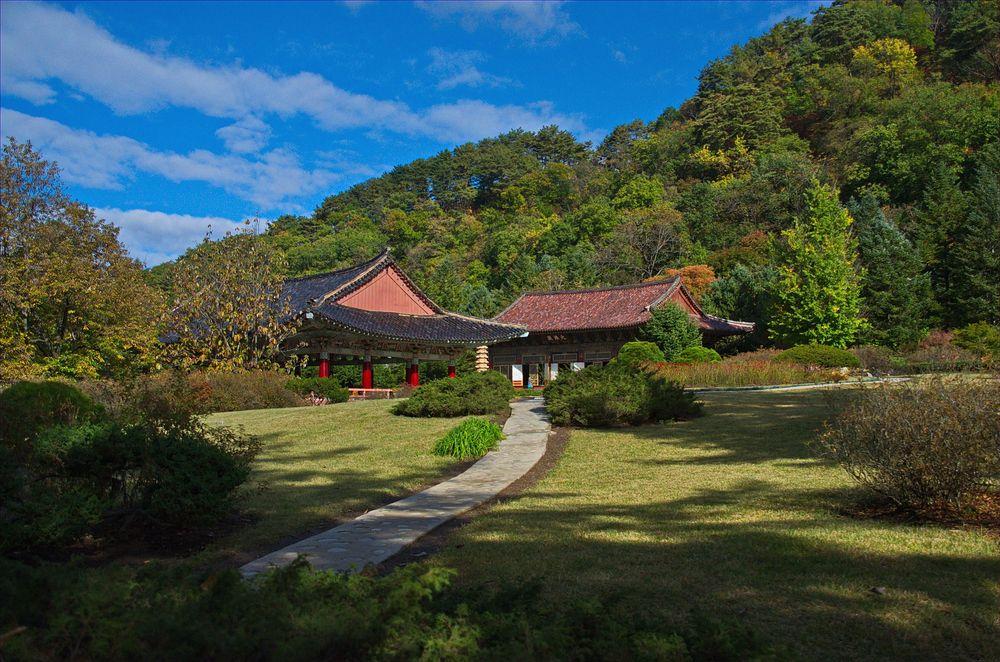
Korean Buddhist temple, established in 1024. Pilgrimage site with numerous very ornate buildings. Contains the nine-story Tabo Pagoda that was built in 1044 and the small 13-story Sokka Pagoda that was built in the 14th century.
Kwanum-sa
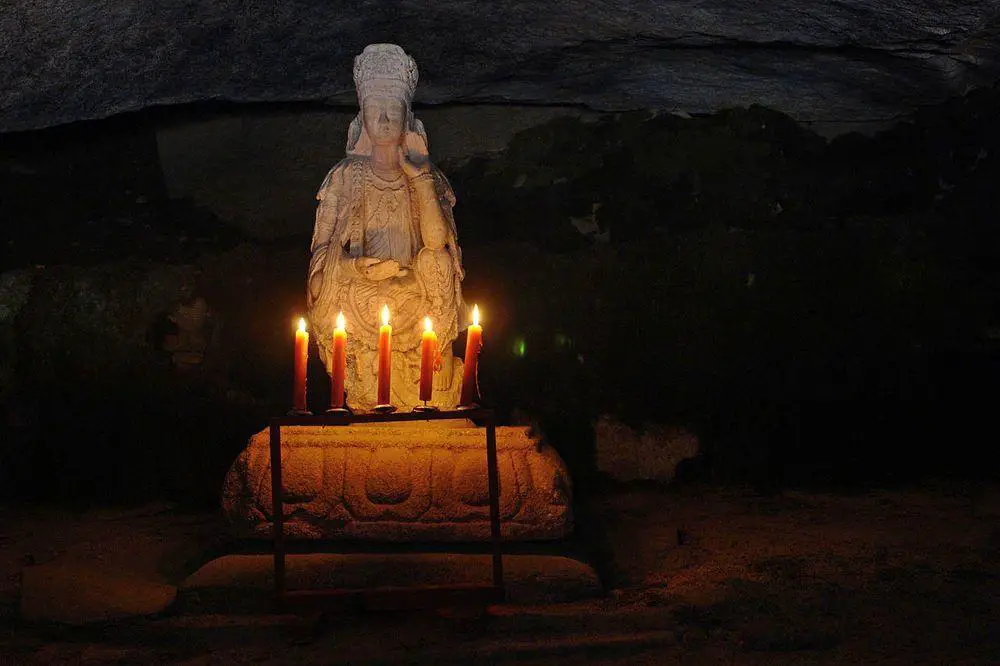
Korean Buddhist temple, founded in 970 AD. Temple built in 1393, contains many valuable relics. Includes Kwanum Cave with ancient statues.
Kaesim Temple
This Buddhist temple was founded in 826, it is a repository of many Buddhist art items. Contains six buildings that were built mainly in the late medieval times.
Jongyang Temple
Buddhist temple in mountains founded sometimes around 600 AD.
Anhwa-sa
The only intact Korean Buddhist temple in Kaesong city. Constructed in 930, contains many valuables.
Anguk-sa
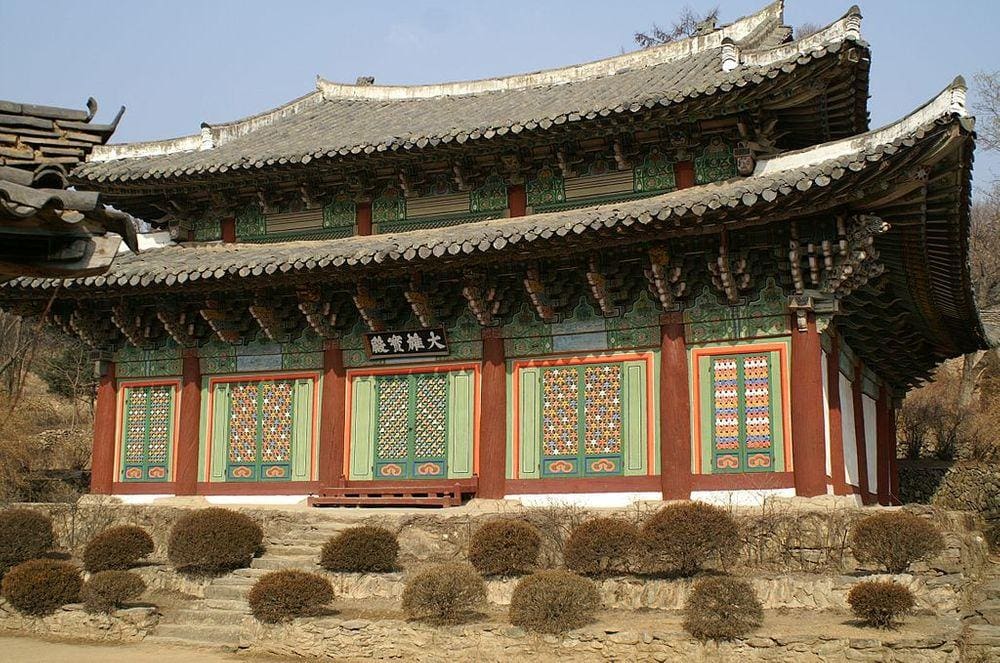
Buddhist temple complex, founded in 503, rebuilt reveral times. Here grows old ginkgo tree that was planted around 1400.
Gatbawi
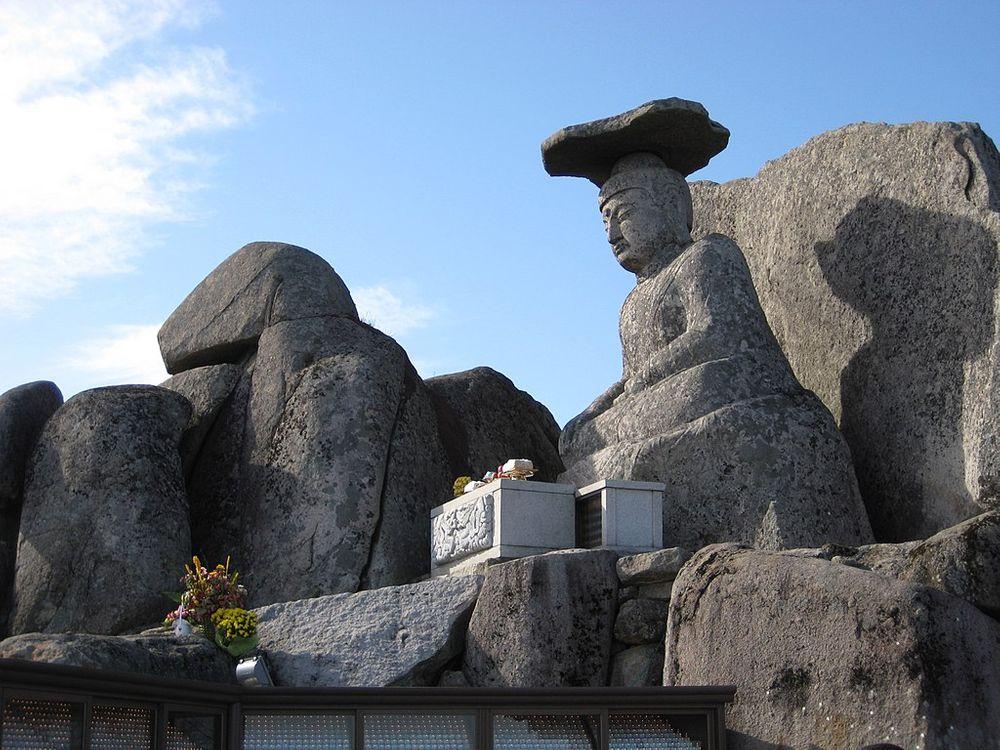
4 m tall, rock-cut statue of Buddha on the summit of hill. Statue has a separate stone hat. Statue was made in the middle of the 7th century AD and today it is believed that it fulfills almost any wishes from the whole heart.
Namgye Seowon
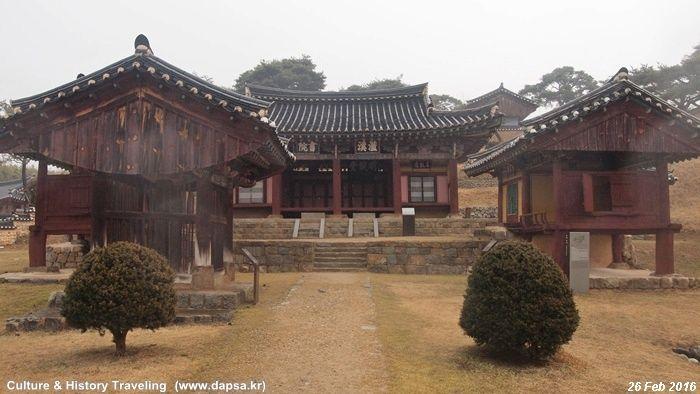
The second oldest Neo-Confucian private academy in Korea, founded in 1552. The architecture of its structures is an early attempt to plan an efficient higher education institution.
Seonamsa
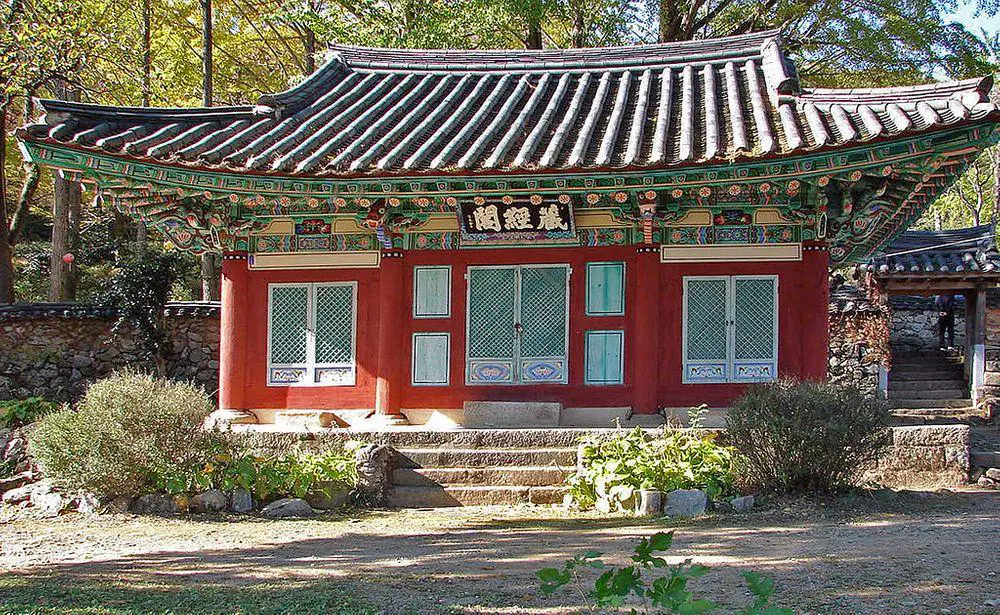
Beautiful mountain temple with some 20 historical buildings. According to local legends, the temple was founded in 529 AD. Temple contains many outstanding treasures, current buildings were built mostly in the 17th century. On temple grounds is an old tea plantation with 300 – 400 years old tea plants.
